I recently learned about simple AM transmitters and receivers. Now, I'm trying to apply this and expand my understanding by trying to create an AM radio wave powered LED. I'm a very beginner electronics hobbyist, and I had difficulty learning how to do this online.
Basically, my goal is to have an LED turn on when the receiver is tuned to a AM frequency that is active (actively transmitting), such as 1000 KHz. So, when the receiver is tuned an "empty" frequency, the LED remains off, but as soon as its tuned to a transmitting frequency, the LED turns on.
I know free energy doesn't work so I was thinking of using the minuscule voltage obtained from the AM radio waves and amplifying them using transistors and batteries, to power a LED.
I found a bunch of circuits for AM receivers online, but most of them are too complex for me to understand right now. So, I just want to create an extremely simple AM receiver that has an antenna and that can be tuned using a variable capacitor in an LC circuit (also, I don't need to know what frequency it's tuned to, yet. I'll work on that later). The voltage and current is then amplified using BC547 transistors and batteries, which will power the LED. Nothing fancy-shmancy like ICs or comparators or anything, just using very minimal and simple parts. Thanks!!
EDIT 1: This circuit I created to amplify the low-voltage AM radio waves doesn't work, and I do not understand why. When the simulation is run, the LED remains off and doesn't turn on, even if I use multiple transistors. (Circuit picture is now removed to make space for EDIT 2).
EDIT 2: Based on JRE's answer, I created this circuit on a breadboard (both in image and in real life). The green resistor is 1Mohm (I only had 100k resistors, so I put ten in series. The website JRE shared said that it's okay to use 1Mohm instead of 8.8M), and the red resistor is 10Kohm. I used a 9V battery as the power source, but I also tried it with an old 9V battery that outputs 3.8V. Although not shown in the picture, the battery + is connected to the blue rail on top, and the - is connected to the red rail on bottom.
However, I still ran into a problem: the LED lights up and remains lit as soon as I plug the batteries in, and having an AM transmitter (that is at the same frequency as the LC oscillator on the receiver) close by doesn't impact the LED at all. Did I do something wrong?
